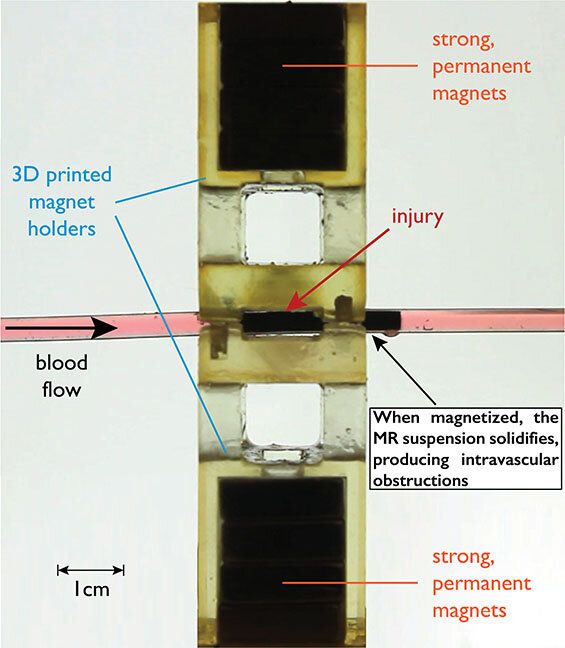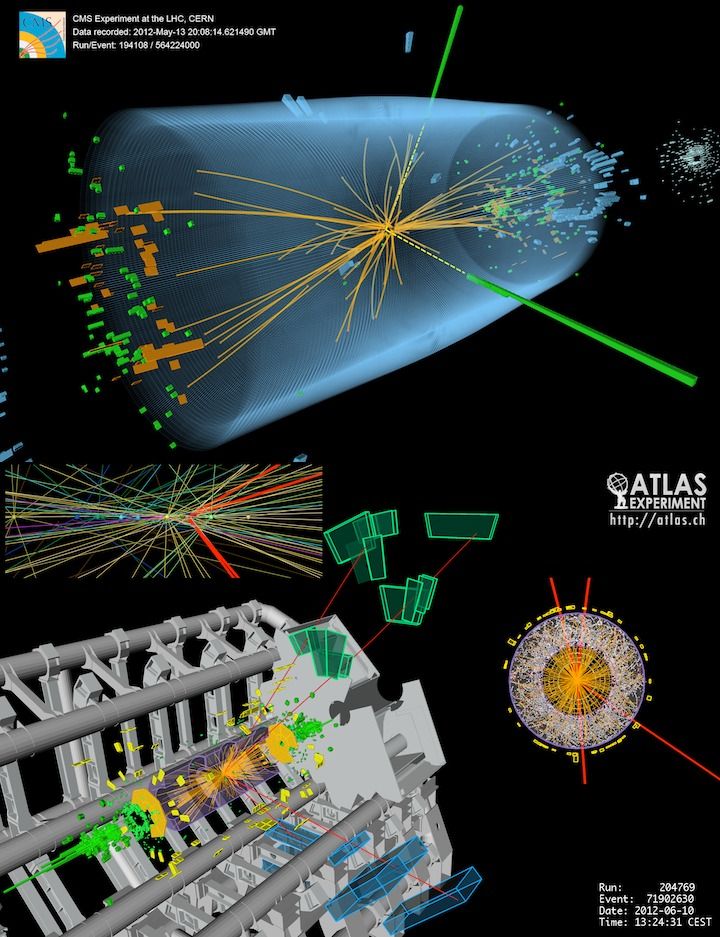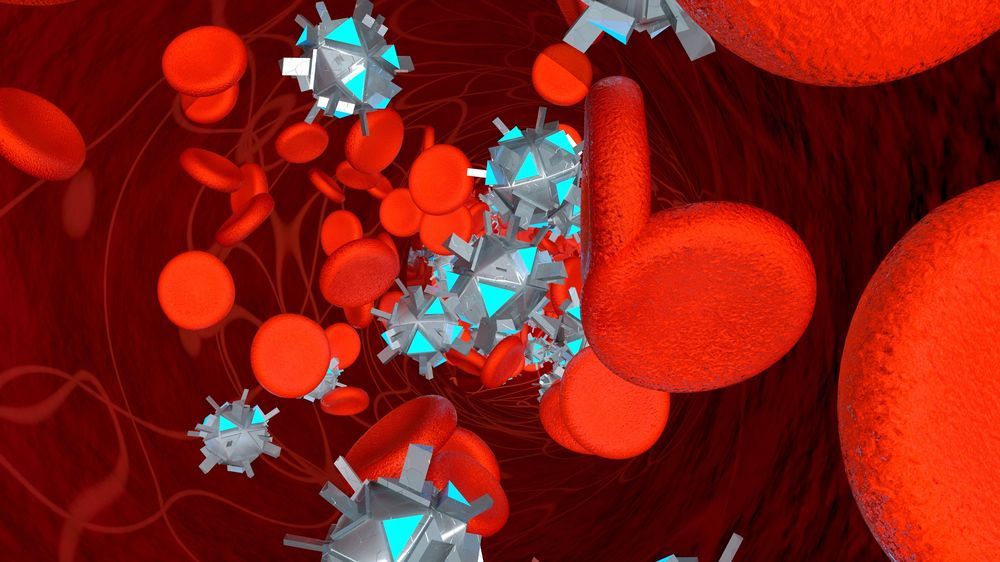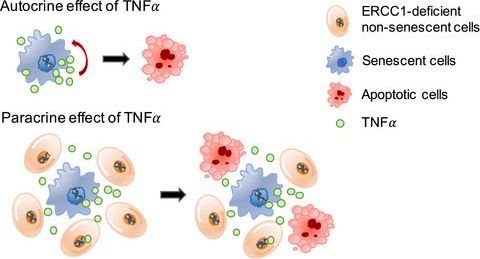A ransomware attack on IT service vendor Virtual Care Provider has disrupted care at about 110 nursing homes and acute care facilities, locking the providers out of their patient records.



How to confine turbulent plasma fuel in a donut-shaped vacuum chamber, making it hot and dense enough for fusion to take place, has generated questions—and answers—for decades.
As a graduate student under the direction of Department of Nuclear Science and Engineering Professor Anne White, Pablo Rodriguez-Fernandez Ph.D. ‘19 became intrigued by a fusion research mystery that had remained unsolved for 20 years. His novel observations and subsequent modeling helped provide the answer, earning him the Del Favero Prize.
The focus of his thesis is plasma turbulence, and how heat is transported from the hot core to the edge of the plasma in a tokamak. Experiments over 20 years have shown that, in certain circumstances, cooling the edge of the plasma results in the core becoming hotter.

Inspired by their use in mechanical systems, Massachusetts Institute of Technology researchers are testing a magnetically-actuated fluidic valve to use in trauma patients suffering from hemorrhage.
Yonatan Tekleab and his colleagues will explain how the valve works at the American Physical Society’s Division of Fluid Dynamics 72nd Annual Meeting on Nov. 25 at the Washington State Convention Center in Seattle. The talk is part of a larger session on biological fluid dynamics for medical devices.
Approximately 80% of trauma related deaths after the first hour of admission to the hospital are due to hemorrhagic shock. Tekleab said their system of an injectable magnetorheological suspension and externally placed small magnets would be able to significantly reduce bleeding before the patient is transported to the hospital.

The Higgs boson is an elementary particle in the Standard Model of particle physics, produced by the quantum excitation of the Higgs field,[8][9] one of the fields in particle physics theory.[9] It is named after physicist Peter Higgs, who in 1964, along with five other scientists, proposed the Higgs mechanism to explain why particles have mass. This mechanism implies the existence of the Higgs boson. The boson’s existence was confirmed in 2012 by the ATLAS and CMS collaborations based on collisions in the LHC at CERN.
On December 10, 2013, two of the physicists, Peter Higgs and François Englert, were awarded the Nobel Prize in Physics for their theoretical predictions. Although Higgs’s name has come to be associated with this theory (the Higgs mechanism), several researchers between about 1960 and 1972 independently developed different parts of it.
In mainstream media the Higgs boson has often been called the “God particle”, from a 1993 book on the topic,[10] although the nickname is strongly disliked by many physicists, including Higgs himself, who regard it as sensationalism.[11][12].
Spraying this material on desert sand will turn it into green, fertile land.

NaNotics, in another breakthrough, is promising a new kind of medication, and suggests to have found a way to combat age related diseases; boldly going where no nanotech has gone before.
Lou Hawthorne of NaNotics, LLC opened his presentation at a recent longevity investor event using a clip from Star Trek that shows captain Kirk being giving a shot that restores him to his younger years.
“It’s tempting to assume it’s a drug, but what if the content of that syringe was something new?” NaNotics’ CEO Hawthorne asked. “NaNots are a new class of medicine. They are engineered to do just one thing and that’s the holy grail of medicine design, because most drugs do two things: something you want them to do, and something you don’t. In other words, side effects.”
Excerpt of Brent Nally’s interview to Dr. Michael Fossel about his company Telocyte and telomerase gene therapy. The interview took place on November 16, 2019.
To watch the entire three and a half hour enlightening interview click here:
The relationship between health and the microorganisms living in the gut has increasingly reached the spotlight in the last few years, and a new study led by researchers at Nanyang Technological University, Singapore (NTU Singapore) sheds more light on the gut microbiome and how it can influence aging.
The gut microbiome
The gut microbiome is a complex ecosystem that includes a varied community of bacteria, archaea, eukarya, and viruses that inhabit our guts. The four bacterial phyla of Firmicutes, Bacteroidetes, Proteobacteria, and Actinobacteria comprise 98% of the intestinal microbiome.

ERCC1 (excision repair cross complementing‐group 1) is a mammalian endonuclease that incises the damaged strand of DNA during nucleotide excision repair and interstrand cross‐link repair. Ercc1−/Δ mice, carrying one null and one hypomorphic Ercc1 allele, have been widely used to study aging due to accelerated aging phenotypes in numerous organs and their shortened lifespan. Ercc1−/Δ mice display combined features of human progeroid and cancer‐prone syndromes. Although several studies report cellular senescence and apoptosis associated with the premature aging of Ercc1−/Δ mice, the link between these two processes and their physiological relevance in the phenotypes of Ercc1−/Δ mice are incompletely understood. Here, we show that ERCC1 depletion, both in cultured human fibroblasts and the skin of Ercc1−/Δ mice, initially induces cellular senescence and, importantly, increased expression of several SASP (senescence‐associated secretory phenotype) factors. Cellular senescence induced by ERCC1 deficiency was dependent on activity of the p53 tumor‐suppressor protein. In turn, TNFα secreted by senescent cells induced apoptosis, not only in neighboring ERCC1‐deficient nonsenescent cells, but also cell autonomously in the senescent cells themselves. In addition, expression of the stem cell markers p63 and Lgr6 was significantly decreased in Ercc1−/Δ mouse skin, where the apoptotic cells are localized, compared to age‐matched wild‐type skin, possibly due to the apoptosis of stem cells. These data suggest that ERCC1‐depleted cells become susceptible to apoptosis via TNFα secreted from neighboring senescent cells. We speculate that parts of the premature aging phenotypes and shortened health‐ or lifespan may be due to stem cell depletion through apoptosis promoted by senescent cells.
Investing in the age of longevity, london.
14 Nov 2019